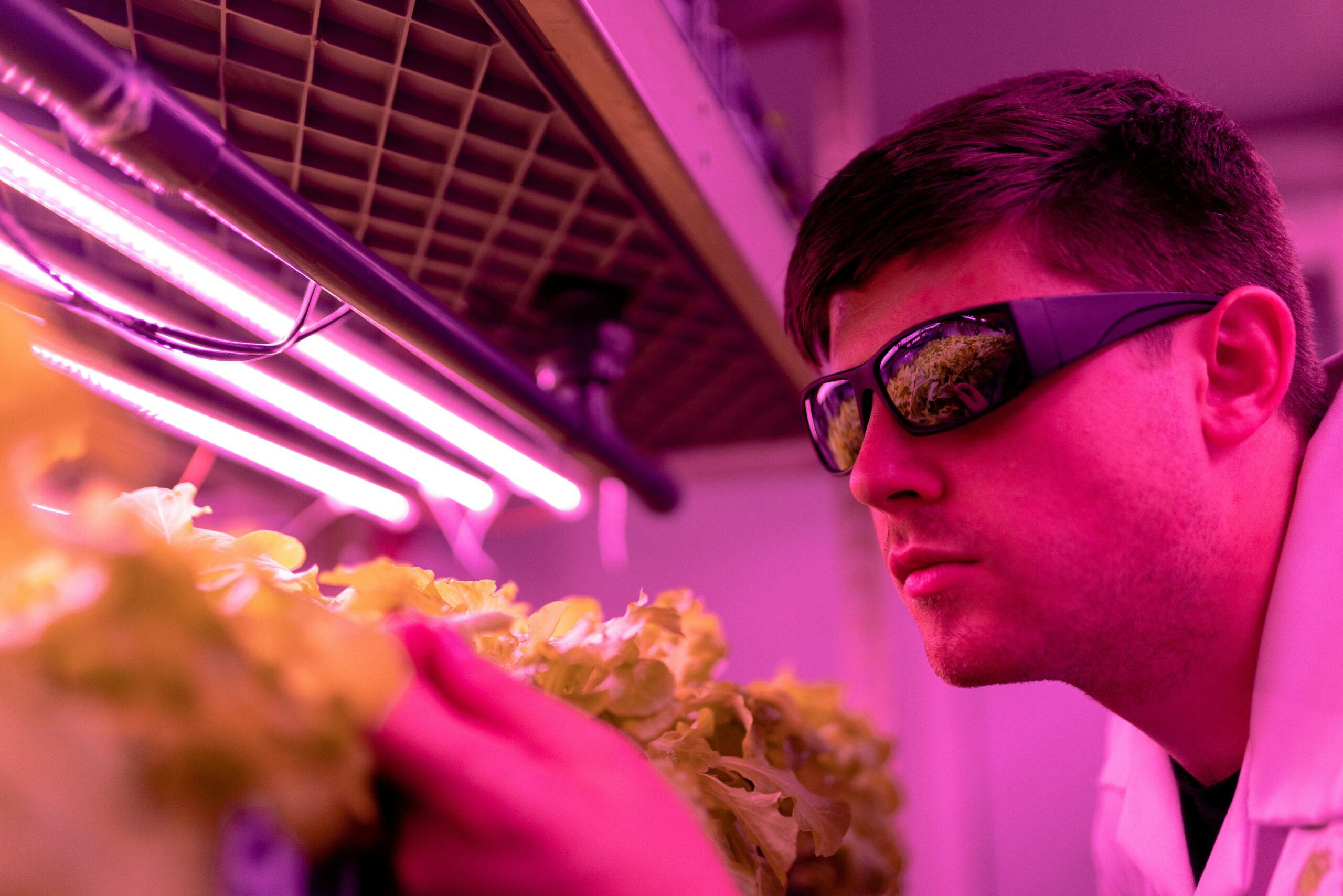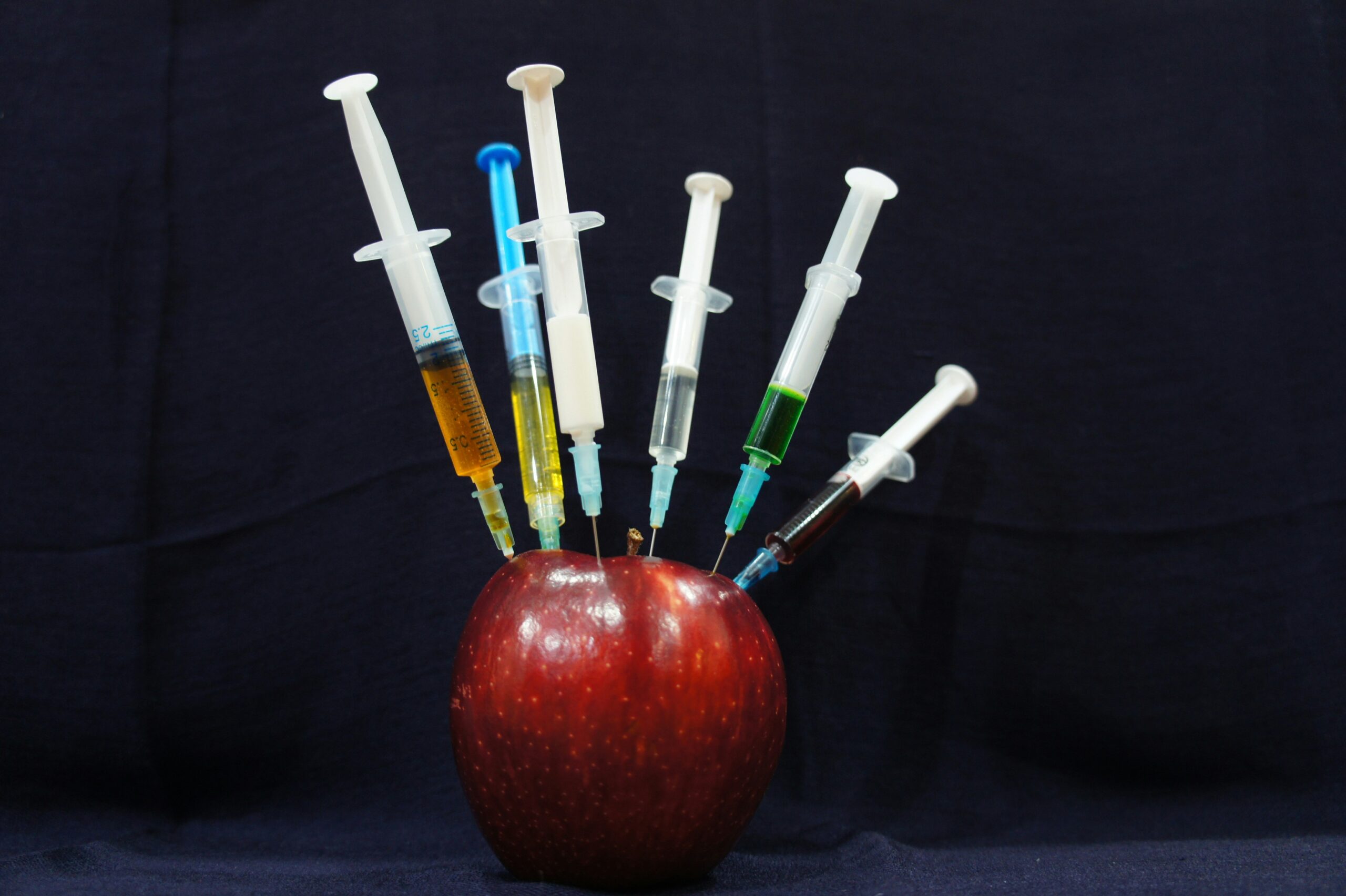
The Domestic Farm: Designing for a New Era of Home Food Production
The history of food production has been one of constant evolution, with new crops, animals, methods of farming and systems of supply & delivery constantly adapting,
resulting in abundance of supply in the West. However, with the global population predicted to reach 9 billion by 2050, and against a background of climate change and
population surge and migration, the current model requires a seismic shift to reshape the system that sustains us and keep up with a scale of demand beyond it’s current capabilities.
In terms of industrially produced food, it is clear that the near future will mean mainstream introduction of alternative proteins to meat, using far fewer resources (land, water, feed) to produce, significantly reducing CO2 emissions per kilo and yet delivering rich nutrients and multiple health benefits. Cultivated meat, edible insects and algae will become ubiquitous in supermarkets and restaurants.

Image: ThisisEngineering
In fact, the meat alternative market has seen a 400% growth 2014 - 2023 (Statista, 2023), reflecting consumer desire for a lower carbon footprint. However, rising concerns about the health effects of ultra processed foods are prompting a tentative swing back toward, for example, full fat dairy products in place of alternatives such as almond milk.
The overlapping and often conflicting concerns within food production, where sustainability, health and cost each vie for attention, are driving a renewed interest in home food production. A proliferation of countertop kitchen gadgets to grow salad and vegetables hydroponically and make cheese, yoghurt and tofu are now available so people can produce food at home.
In the foreseeable future, supported by intuitive smart technology, the small domestic appliances found in consumer kitchens will come to include mini bioreactor meat growers, insect farms and food printers.
As scientific research progresses, the most important ingredient in the future of home food production will be health, with Functional Foods and Nutraceuticals becoming a feature of everyday dining. One Size Fits All diets are already becoming a thing of the past for many, but in the future this will have massively expanded based on the increasing scientific evidence to support the importance of gut health when it comes to general physical and mental health.

Image: Sara Bakhshi
The need for extra supplements to support an individual’s health will be negated in the future by the explosion of variety in enhanced fruits and vegetables. These will be manipulated via genome editing and nano-encapsulation to produce stronger, more resistant crops, with increased nutritional values and better flavour and texture.
We expect the home kitchen to become an important asset in terms of production of food and supporting of physical and mental health, supplementing commercially available products and offering a range of possibilities from high end, tailored diets and added nutrition to the more cost effective grow-your-own.
In all cases, and against the backdrop of increasing urbanisation, the space available for food production is likely to be under pressure, so creative solutions which focus on the
consumer’s physical constraints will be required. We are thrilled to be involved at the forefront of these emerging trends and technologies, designing for the future with the consumer at the heart of what we do.
Related Articles

Healthy Homes: Combating Indoor Pollution in Urban Living

From Cooking to Care: The Future Role of the Kitchen
